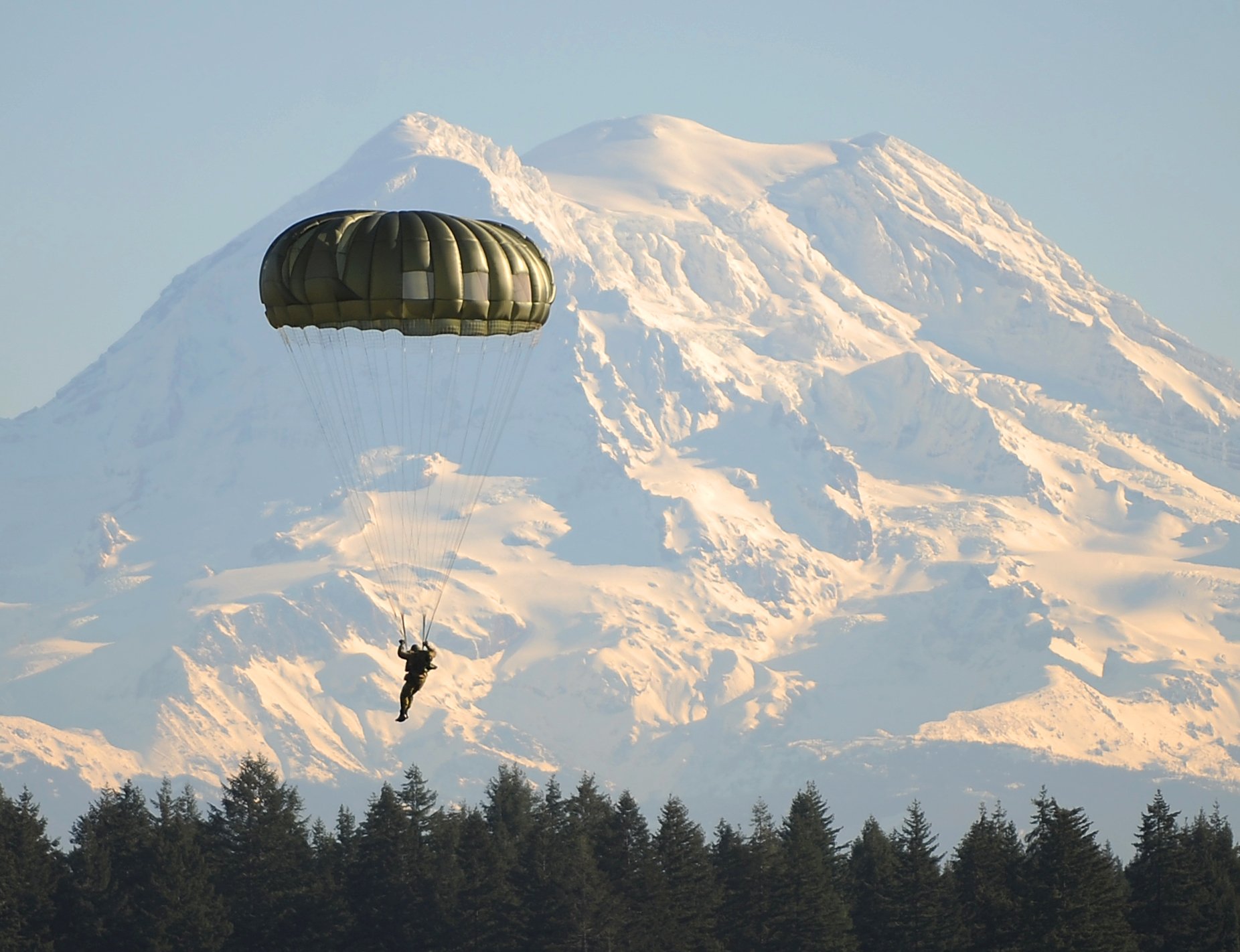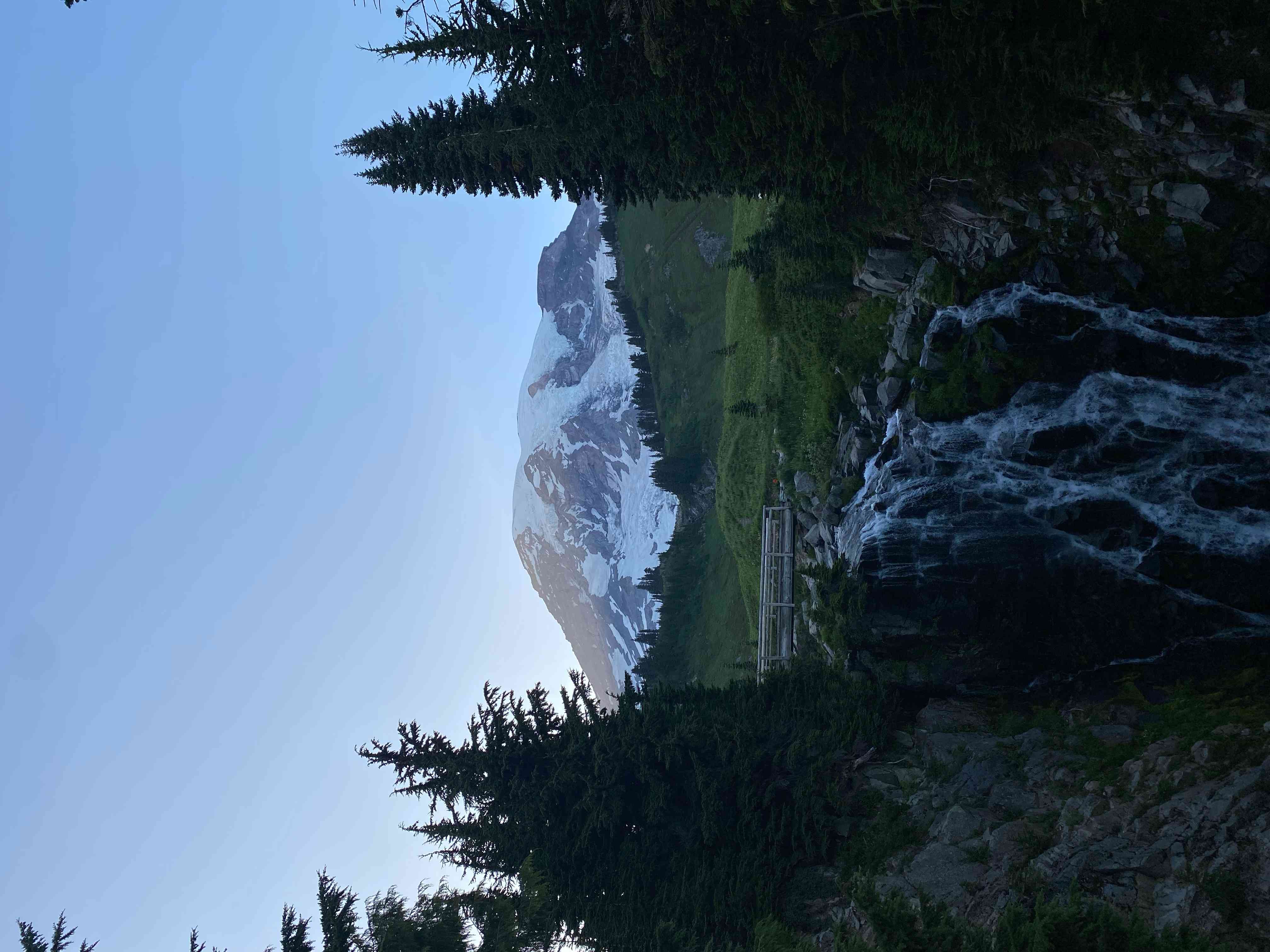Mount Rainier National Park offers a variety of trails near its visitor center, particularly in the Paradise area. These trails range from easy walks to more challenging hikes, providing stunning views of the mountain and surrounding landscapes. Visitors can explore reflective lakes, waterfalls, and scenic vistas while enjoying the park’s natural beauty. This guide will help you navigate the trails, understand current conditions, and plan your visit to Mount Rainier.
What Are the Best Trails Near Mount Rainier Visitor Center?

Several trails near the Mount Rainier Visitor Center offer diverse experiences for hikers of all levels:
- Reflection Lakes Trail
- Distance: 1-1.5 miles round-trip
- Difficulty: Easy
-
Highlights: Stunning reflections of Mount Rainier on calm days
-
Skyline Trail to Myrtle Falls
- Distance: 1 mile round-trip
- Elevation Gain: 200 feet
- Difficulty: Easy
-
Highlights: Scenic waterfall views
-
Alta Vista Trail
- Distance: 1.2 miles round-trip
- Elevation Gain: 520 feet
- Difficulty: Easy
-
Highlights: Panoramic mountain views
-
Bench and Snow Lakes Trail
- Distance: 2.6 miles round-trip
- Elevation Gain: 700 feet
- Difficulty: Moderate
- Highlights: Two lakes with Mount Rainier reflections
How Can I Access Trail Maps and Amenities?

To make the most of your visit to Mount Rainier trails near the visitor center:
- Trail Maps: Download printable maps from the National Park Service website.
- Trailhead Locations: Most trails start near the Henry M. Jackson Visitor Center.
- Amenities:
- Visitor Center: Maps, snacks, bathrooms, park updates, ranger advice
- Paradise Inn: Tatoosh Café for meals and refreshments
What Are the Current Trail Conditions and Accessibility Features?
Before embarking on your hike, consider the following:
- Trail Conditions: Check with rangers or the park website for up-to-date information.
- Seasonal Challenges: Trails may be snow-covered until mid-summer.
- Accessibility:
- No pets or bicycles allowed on trails
- Group size limit: 12 people for day hikes
What Costs Are Associated with Accessing the Trails?
Plan your budget with these considerations:
- Entrance Fees: National Park Pass required for most trails
- Transportation: Personal vehicle access available, but parking fills quickly
- Guided Tours: Optional ranger-led programs available (inquire at visitor center)
How Should I Prepare for Hiking Mount Rainier Trails?
Proper preparation is key to a safe and enjoyable hiking experience:
- Gear Checklist:
- Sturdy hiking boots
- Weather-appropriate clothing (layers recommended)
- Sun protection (hat, sunscreen, sunglasses)
- Water and snacks
- First-aid kit
-
Map and compass
-
Weather Considerations:
- Check forecast before departure
- Be prepared for sudden weather changes
-
Bring extra layers, even in summer
-
Physical Preparation:
- Start with easier trails if you’re a beginner
- Gradually build up to more challenging hikes
- Stay hydrated and take breaks as needed
What Wildlife Might I Encounter on Mount Rainier Trails?
Mount Rainier’s diverse ecosystems support a variety of wildlife:
| Common Animals | Plants to Look For | Bird Species |
|---|---|---|
| Black Bears | Wildflowers | Clark’s Nutcracker |
| Marmots | Douglas Fir | Gray Jay |
| Mountain Goats | Subalpine Fir | Varied Thrush |
| Elk | Mountain Hemlock | Steller’s Jay |
Remember to observe wildlife from a safe distance and never feed animals.
What Are the Best Times to Hike Mount Rainier Trails?
Consider these factors when planning your visit:
- Peak Season: July to September offers the best weather and trail conditions
- Wildflower Blooms: Late July to early August is ideal for viewing subalpine meadows
- Crowd Levels: Weekdays and early mornings are less crowded
- Fall Colors: Late September to early October for autumn foliage
How Can I Practice Leave No Trace Principles on Mount Rainier Trails?
Protect Mount Rainier’s fragile ecosystem by following these guidelines:
- Plan ahead and prepare
- Travel and camp on durable surfaces
- Dispose of waste properly
- Leave what you find
- Minimize campfire impacts
- Respect wildlife
- Be considerate of other visitors
By adhering to these principles, you help preserve the park for future generations.
Mount Rainier trails near the visitor center offer a gateway to the park’s natural wonders. Whether you’re seeking reflective lakes, cascading waterfalls, or panoramic vistas, these trails provide accessible options for all levels of hikers. Remember to check current conditions, prepare adequately, and respect the environment to ensure a safe and memorable experience in this iconic national park.
References:
1. https://visitrainier.com/activities-attractions/hiking/
2. https://wheatlesswanderlust.com/best-hikes-mount-rainier-national-park/
3. https://www.nps.gov/mora/planyourvisit/day-hiking-at-mount-rainier.htm
